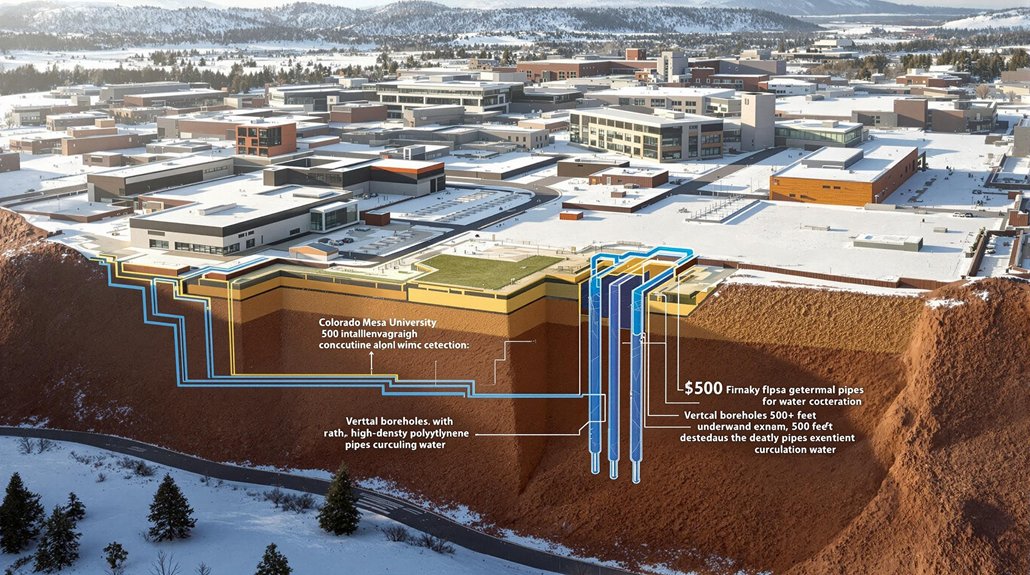The Colorado River faces a severe water crisis for 2025, with mandatory cuts planned for Arizona and Nevada. Lake Mead will operate under a Level 1 Shortage Condition while Lake Powell functions at Mid-Elevation Release. Water use has exceeded supply by 1 million acre-feet annually for 25 years. Seven basin states are negotiating new guidelines as reservoirs remain at historic lows. Climate change continues to worsen the situation.
As the Colorado River faces its most severe water crisis in decades, states across the Southwest are preparing for significant water cuts in 2025. Federal water managers have announced that Lake Mead will operate under a Level 1 Shortage Condition next year, forcing mandatory cuts for Arizona and Nevada.
Meanwhile, Lake Powell will function under a Mid-Elevation Release Tier, carefully controlling water flowing downstream.
The crisis stems from a fundamental imbalance: Colorado River water use has exceeded annual supply by roughly 1 million acre-feet per year for 25 years. Although the basin’s legal allocation is 7.5 million acre-feet annually, actual usage regularly surpasses this amount.
Arizona will bear the brunt of the cuts among Lower Basin states, with significant impacts on cities, farms, and tribal nations. Nevada and California also face reduced deliveries under the Level 1 Shortage. Upper Basin states including Colorado, Wyoming, Utah, and New Mexico may need to voluntarily conserve up to 500,000 acre-feet collectively.
Arizona shoulders the heaviest cuts, while Nevada and California lose water too. Upper Basin states may need to conserve 500,000 acre-feet voluntarily.
Both Lake Mead and Lake Powell remain at historic lows, with no recovery to pre-drought levels expected in 2025. Below-average snowpack in the region has limited reservoir inflows, while reduced releases from Lake Powell could affect hydroelectric power production.
The seven Colorado River basin states are currently negotiating new management guidelines to replace the current framework after 2026. Six options are under consideration, all involving mandatory cuts for Lower Basin states ranging from 1.3 million to 3.2 million acre-feet in severe water years.
If states can’t agree by May 2026, the federal government can impose conservation measures. Mexico’s water deliveries will also be reduced according to international agreements. The Lower Basin Drought Contingency Plan has triggered mandatory water saving requirements for affected states.
Climate change continues to worsen the situation through increased temperatures and decreased precipitation. This is compounded by the fact that the Colorado River Compact was established based on unrealistic flow expectations that allocated more water than is currently available. Cities, farms, and tribes across the region are developing alternative supply strategies, but conservation efforts so far haven’t closed the growing gap between water supply and demand.








